Akoya vs. Freshwater Pearls: Which White Pearl Type Should I Choose

Pearls have been treasured for centuries. Among the most popular types of two cultured pearls are Akoya and freshwater pearls. Akoya pearls are known for their classic shape, shine, and rich colors, while freshwater pearls are loved for their unique shapes, soft colors, and affordable prices.
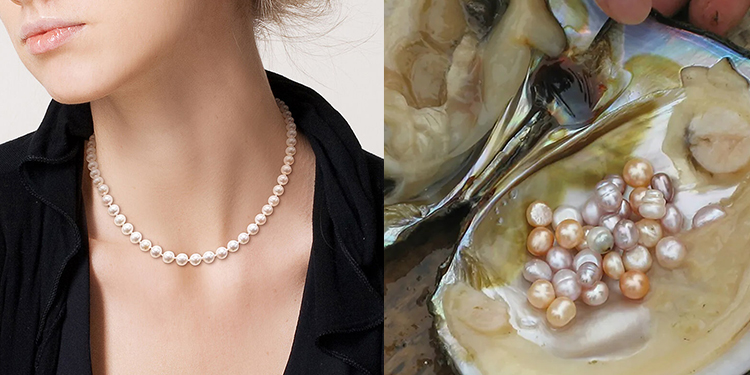
Despite some similarities, Akoya and freshwater pearls differ in several ways, including their structure, shape, color, luster, and price. In this article, we will disclose the differences between these two types of pearls and provide the information you might need to choose the right one.
Akoya Pearl Buying guide
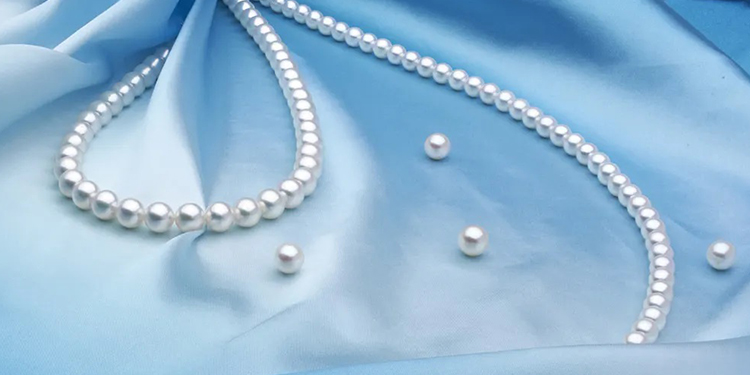
Akoya pearls are for women looking for a classic, elegant pearl with a bright, reflective luster. These pearls are generally more expensive than freshwater pearls, and their uniform round shape and sharp, mirror-like luster make them a highly sought-after option.
Akoya pearls are suitable for various occasions, from formal events to everyday wear, and are a popular choice for bridal jewelry. These are also known for their durability and can withstand regular wear and tear.
Freshwater Pearl Buying Guide
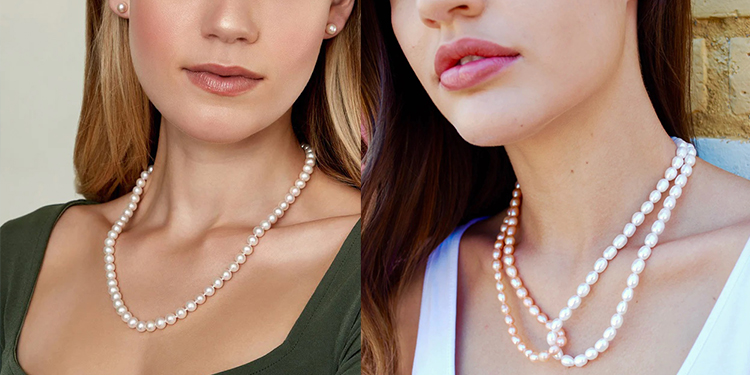
Freshwater pearls are an excellent option for those seeking affordable yet beautiful pearl jewelry. They come in various natural colors, from classic white to pink, lavender, and peach. Additionally, freshwater pearls offer a variety of shapes and sizes, allowing for more unique and personalized pieces.
One of the advantages of freshwater pearls is their durability, as they are solid nacre all the way through and less likely to crack or peel over time. With their lower price point, freshwater pearls are a great choice for young girls or those who may be rough on their jewelry.
Freshwater vs. Akoya Pearls - Pearl Structure
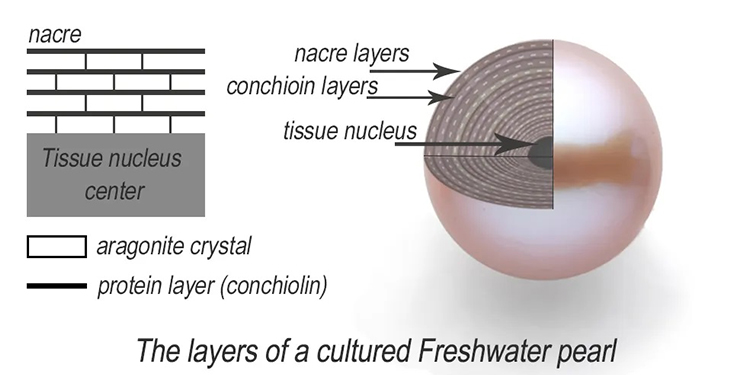
Freshwater and Akoya pearls differ greatly in their structure. Freshwater pearls are formed inside freshwater mussels, while Akoya pearls are formed inside saltwater oysters.
Freshwater pearls have a thicker nacre layer than Akoya pearls. The structure of Akoya pearls is similar to that of other saltwater pearls. They are formed inside saltwater oysters and have a concentric layer of nacre that forms around an irritant inside the oyster.
The nacre layer of Akoya pearls is thinner than that of freshwater pearls. This enhances the round shape of Akoya pearls.
Freshwater vs. Akoya Pearls - Pearl luster
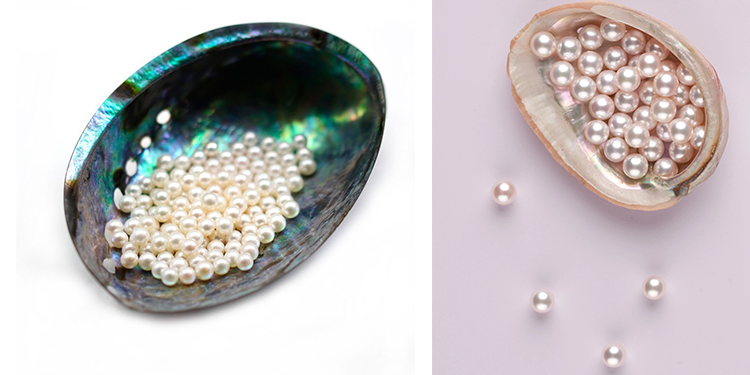
Freshwater and Akoya pearls have distinct differences in their luster. Freshwater pearls have a softer and more diffused luster, while Akoya pearls have a sharper and more reflective luster.
The luster of freshwater pearls is due to the thickness of their nacre layer that diffuses light in different directions, resulting in a subtle luster.
In contrast, the luster of Akoya pearls is due to the denser and more compact nacre layer. The smooth and shiny surface of Akoya pearls reflects light more evenly, resulting in a sharp and brilliant luster. This luster gives Akoya pearls a luxurious and sophisticated appeal.
Freshwater vs. Akoya Pearls - Blemishing
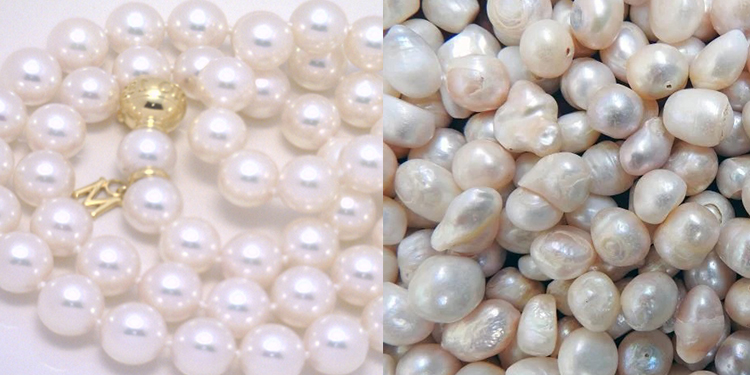
Freshwater and Akoya pearls can both have blemishes, but the types of blemishes they are prone to differ due to their different growing conditions.
Freshwater pearls forming in freshwater mussels can have a more irregular shape. They may also have surface blemishes such as pits, ridges, or bumps due to the natural conditions of their growth environment. These blemishes can affect the smoothness and uniformity of the pearl surface.
In contrast, Akoya pearls are formed in saltwater oysters and tend to be rounder and more uniform in shape. However, they are also more prone to surface blemishes such as spots, pits, or ridges. These blemishes can affect the pearl's luster and overall appearance. Interestingly, an Akoya pearl with a few blemishes is considered more valuable.
Freshwater vs. Akoya Pearls - Pricing

The pricing of freshwater and Akoya pearls can vary greatly.
Freshwater pearls are typically less expensive than Akoya pearls. Freshwater pearls are grown in freshwater mussels, which can produce multiple pearls at once. This means freshwater pearls are more readily available, leading to a lower price point.
In contrast, Akoya pearls are grown in saltwater oysters, which produce fewer pearls at a time. This makes Akoya pearls rarer and more valuable, leading to a higher price point.

Generally speaking, the pricing for Akoya pearls ranges from $100 to $10,000 based on factors such as size, shape, color, and quality. On the other hand, low-quality freshwater pearls can be purchased for as little as $20, while average-quality pearls typically sell for between $30 and $50. High-quality freshwater pearls can fetch a higher price of between $65 and $5,000 or more, depending on their unique attributes.
However, it's essential to remember that pricing for both types of pearls can fluctuate over time due to market conditions.
Conclusion

Akoya and freshwater pearls have distinct qualities and are considered valuable additions to any jewelry collection. Akoya pearls offer classic, traditional beauty, while freshwater pearls offer a more modern look with unique shapes and delicate hues. Finally, the choice between the two types of pearls comes down to personal preference, budget, and style. So, no matter which type of pearl you choose, investing in quality pearls is a timeless and sophisticated choice that will elevate any outfit and be cherished for years.


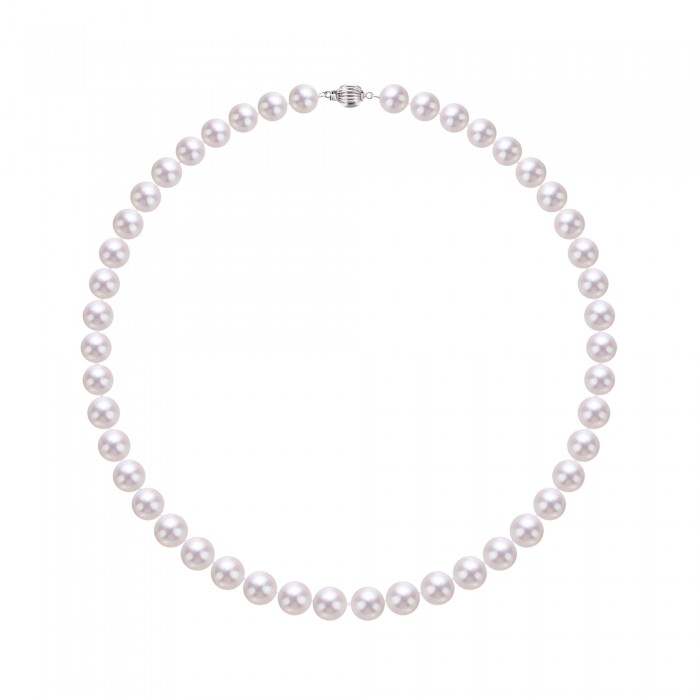
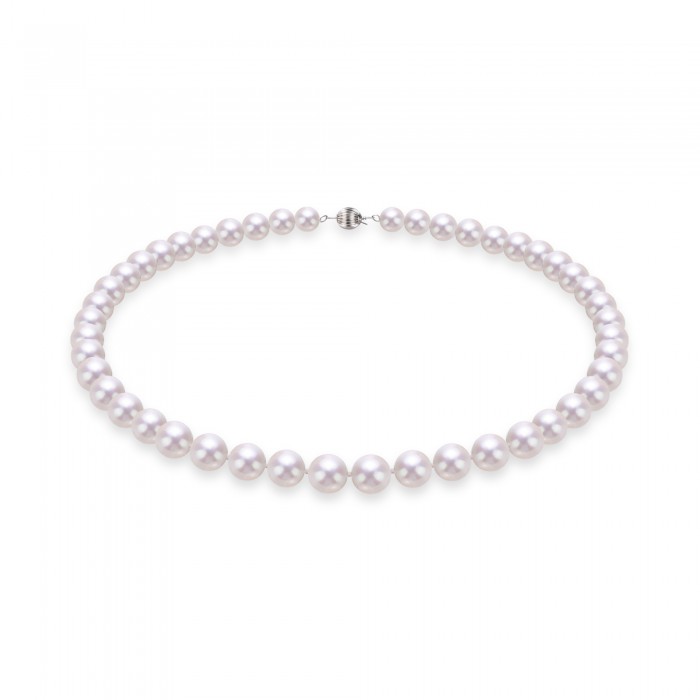
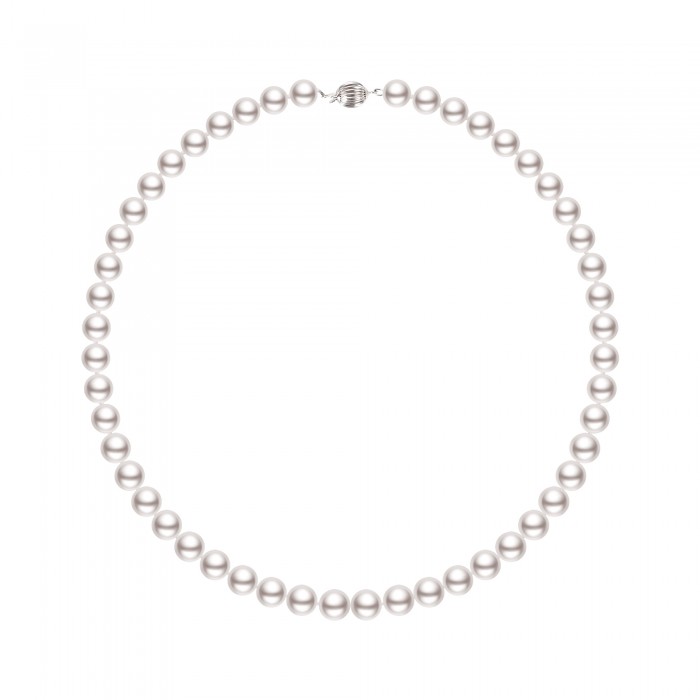
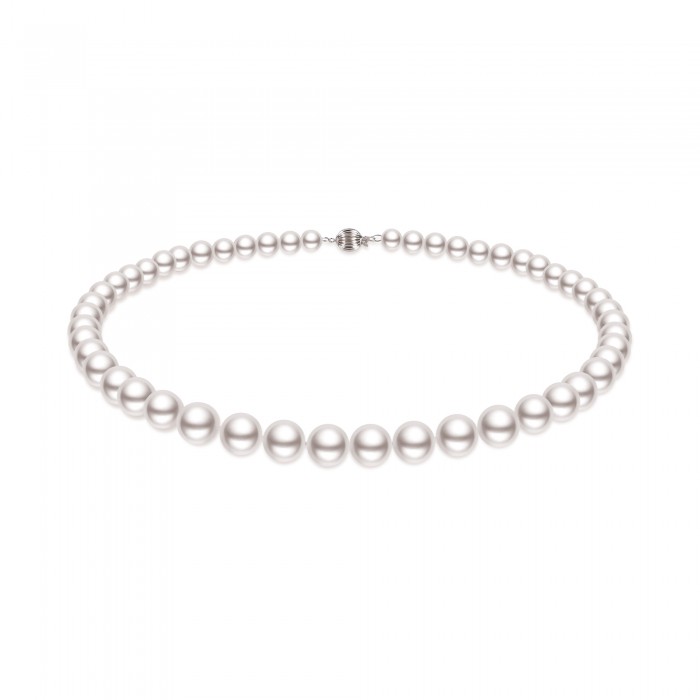
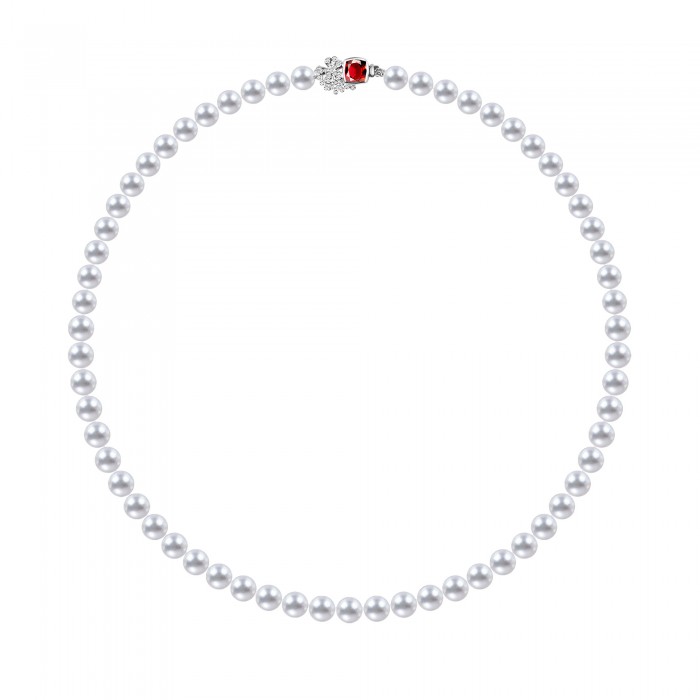
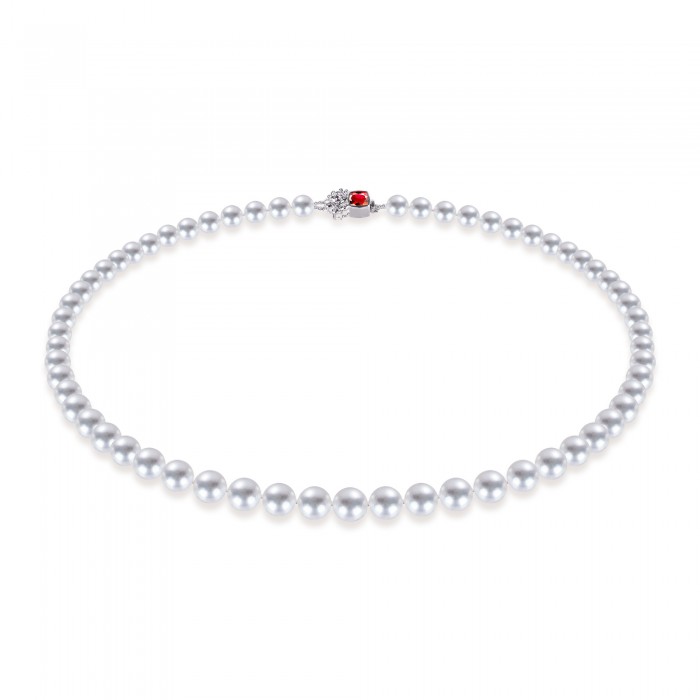
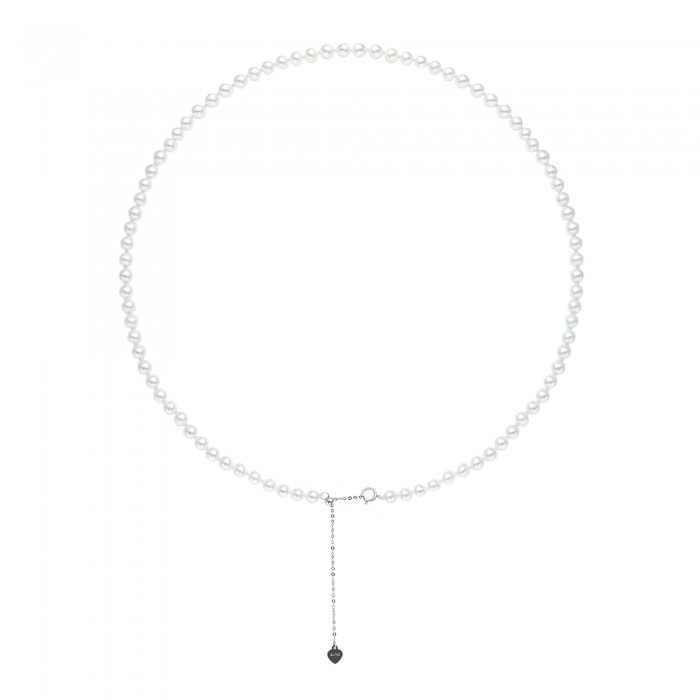
Leave a Comment